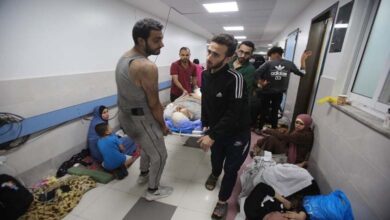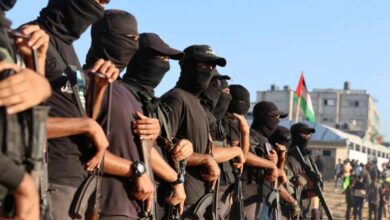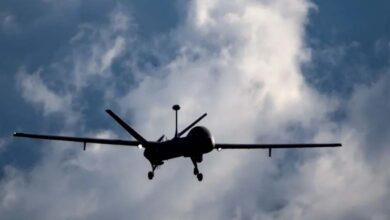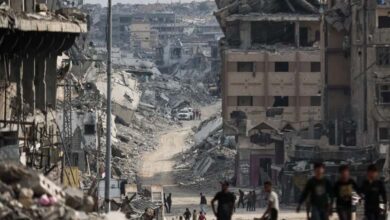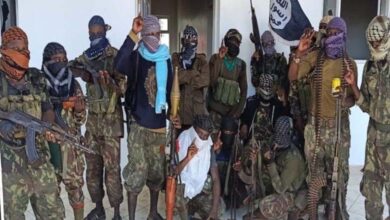Al-Wazi’yah in Yemen: guardian of the Bab al-Mandeb against Houthi ambitions

About 44 kilometers from the Bab al-Mandeb Strait lies the Al-Wazi’yah mountain range, a natural fortress overlooking the region and safeguarding one of the world’s most critical maritime passages.
This strategic location has made these highlands a prime target of the Houthi militia, which understands that controlling these peaks means holding the keys to one of the most vital straits in global maritime navigation.
Located west of Taiz province, the Al-Wazi’iyah mountains rise between 1,000 and 1,500 meters above sea level. They are also known as a source of agate and precious stones traditionally crafted in Yemen and widely used for adornment and ceremonial purposes.
Why Al-Wazi’yah?
The Al-Wazi’yah mountains have recently returned to the forefront following an attack by an armed gang supported by the Houthis against an international organization. This prompted the west coast security forces to launch a wide-scale campaign to pursue the involved elements who had taken refuge in these heights.
Although the gang is closely linked to the Houthis, activists and media outlets affiliated with the Muslim Brotherhood attempted to provide media cover for the gang by inciting the people of Al-Wazi’yah against the security forces involved in the operation.
The gang is led by a man named Ahmed Haidar, backed by the Houthis, who sought to open a rear front against the joint forces on the west coast, particularly the National Resistance led by Vice President Tarek Saleh.
Over the years, and despite the area being liberated from Houthi control, smuggling networks continued to use the mountains of Al-Wazi’iyah as a refuge, away from the eyes of security forces, which recently managed to tighten their grip and restrict their activities.
Persistent ambitions
The fall of Al-Wazi’iyah to the Houthis in 2016 marked a major military setback for the legitimate government, before joint forces, supported by the Arab Coalition, succeeded in recapturing the district in May 2018.
According to analysts, controlling Al-Wazi’yah provides a strategic advantage in protecting Al-Hujariyah (Taiz) and Al-Sabiha (Lahj), and consequently the Bab al-Mandeb and Aden. These highlands thus remain a key target of Iran’s expansionist project aimed at influencing and controlling the international strait.
The Houthi militia has not only recruited covert cells and supported armed gangs; it has also fueled division and internal conflict through activists, pages, and media platforms that promote incitement against the people of Al-Wazi’yah and the joint resistance forces.
Nevertheless, the aspirations of the militia have clashed with fierce popular resistance from the inhabitants and tribes of Al-Wazi’yah, who courageously stood against the militia and the gangs it supports.
The director of Al-Wazi’yah district, Ali Al-Dharafi, stated that the area enjoys security and stability despite media attempts to inflame the situation. He also emphasized that outlawed gangs have no place in a district increasingly attractive for humanitarian work.
Al-Dharafi affirmed the unity of the people behind the rule of law to ensure accountability for all destructive acts, noting that the district is experiencing developmental progress, including projects funded by the United Arab Emirates and supported by Vice President of the Presidential Leadership Council, Tarek Saleh.



